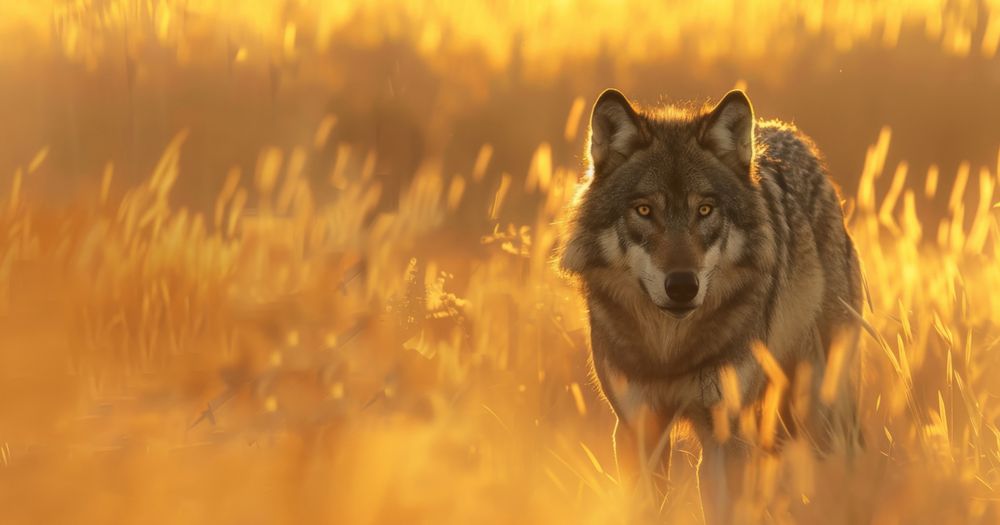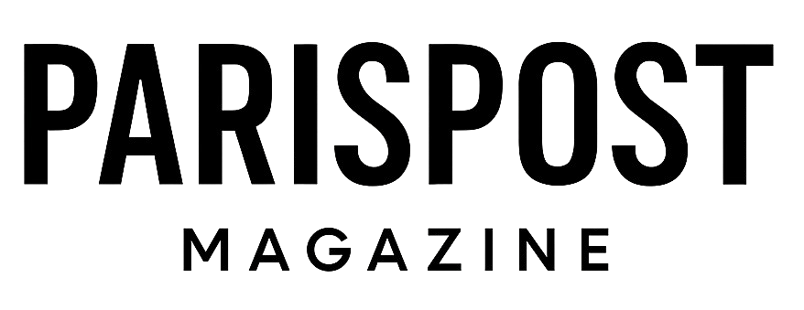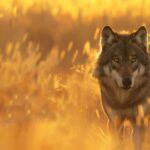Amid rising debates on biodiversity and human-wildlife coexistence, an elderly woman’s fear of a nearby wolf in a Dutch forest reveals the emotional side of sustainability. As climate awareness and conservation grow, communication, empathy, and community dialogue become vital tools for managing fear, promoting coexistence, and shaping a balanced, greener future for people and nature.

The Power of People Trained in Communication
The influence of people trained in communication is growing in the Netherlands and around the world. Just today, something happened that confirmed this feeling for me once again. I was walking in the woods behind our house with our Labrador puppy, Pip, when, while greeting some people, I was approached about a danger. I was told that I had to keep Pip on a leash in this beautiful nature reserve, which was actually meant for off-leash dogs. These people were not afraid of dogs in general or of Pip but of the stray wolf that might be in the area and could possibly harm my dog.
The Rise of Wolves in the Netherlands: A New Reality?
The discussion about wolves in the Netherlands is becoming more persistent. Can these wild animals roam freely in the Netherlands or not? And what do they actually contribute to the flora and fauna of our small country? According to recent information, wolves play an important role in Dutch nature by keeping populations of animals such as roe deer, red deer, and wild boar healthy. They do this mainly by hunting weak and young animals. Wolves also create food opportunities for scavengers such as ravens, white-tailed eagles, and insects, and cause behavioural changes in grazing animals, allowing vegetation to recover. This leads to a healthier and more diverse ecosystem.
A Morning Walk Turned Cautionary Tale: Are Wolves a Threat to Dogs?
There are also positive effects on the soil. The manure of grazing animals spreads better because their behaviour changes, and their trampling improves soil health by allowing more air into the ground. But what are the disadvantages of wolves? The return of the wolf in the Netherlands has led to several challenges, such as attacks on livestock, disruption of deer populations, and a higher risk of traffic collisions. It is important to recognize and reduce the impact of wolves on biodiversity, animal behaviour, and human safety. Measures such as protecting livestock with wolf-resistant fences and maintaining wolves’ natural shyness are often recommended.
Are Stray Wolves a Real Danger in the Netherlands?
There are several measures people can take: avoid feeding or baiting wolves, as this may cause them to lose their fear of humans; use motion sensors with lights or sounds to deter wolves and keep them at a distance; and consider limited culling of adult wolves that come too close to people to help maintain their natural caution. These ideas sound reasonable, but can they really work in a small, densely populated country like the Netherlands
What Role Do Wolves Play in Dutch Ecosystems?
The territory of a wolf pack can range from 150 to 350 square kilometres, depending on the amount of food and human presence. Wolves adapt easily but prefer areas with enough food, resting places, and a mix of forest and open land. Recent estimates suggest there are between 104 and 124 wolves in the Netherlands, including around 14 packs and two solitary wolves, not counting yearlings and cubs. The number has risen quickly in recent years, with breeding packs appearing in different parts of the country.
Why Is Hunting Ungulates Prohibited — and What Role Does the Wolf Play
The Netherlands covers an area of 41,868 square kilometres, but not all of it is suitable for wolves. It is one of the most densely populated countries in the world. It is understandable that older people, vulnerable individuals, and dog owners are becoming worried. This is where communication skills become important. One of the people I spoke to this morning was a 74-year-old woman who was very afraid and kept her dogs on a leash in the off-leash area. While we were talking, a forest ranger passed by in his four-wheel drive.
Why Communication Training Matters in Wildlife Conflicts
I asked the ranger to stop so the woman could share her concern. She told him that a wolf had just crossed her path. The ranger listened politely and replied in a calm, reassuring tone, clearly trained in communication. He said that it was not as bad as it seemed and that wolves and humans would get used to each other in time. When the woman repeated her fears, he asked her what she thought should be done about it. At that moment, I realised that there is more going on in the Netherlands. Forest rangers are increasingly confronted with these discussions and are trained to handle them. Yes, there may be too many wolves in the Netherlands.











